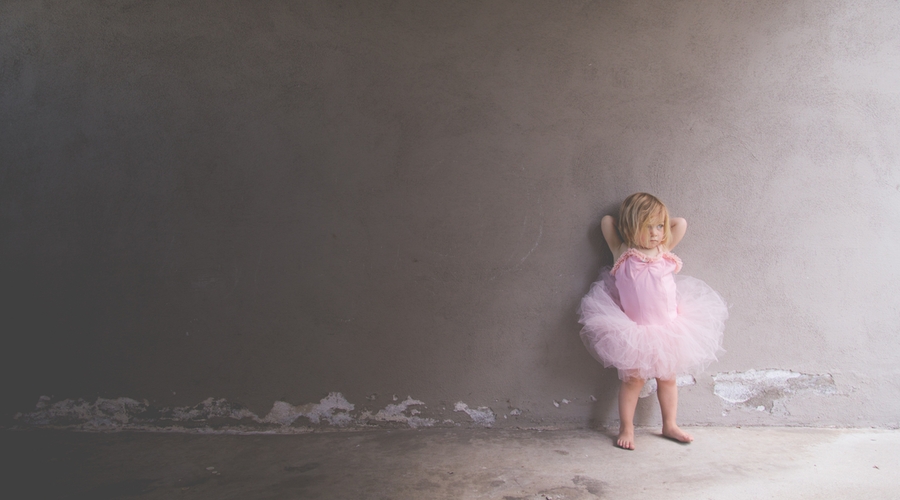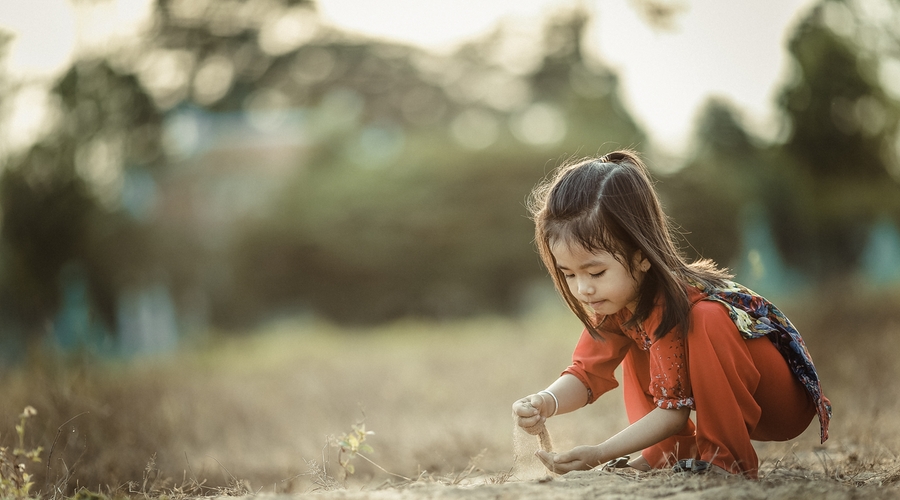settings
children
With Famly since
What is a Special Educational Need (SEN) or disability?
According to the Government website, special educational needs and disabilities (SEND) can affect a child or young person’s ability to learn. More specifically, their:
- Behaviour or ability to socialise
- Reading and writing
- Ability to understand things
- Concentration levels
- Physical ability
The Early Years Foundation Stage Framework (EYFS)
You’ve probably already got a pretty good handle on the ins and outs of the EYFS, but it’s worth mentioning how all of this links together. As we’ve talked about before, the EYFS is simply a set of standards that all registered childcare settings must meet. There are some extra standards that must be met in terms of caring for children with SEN too. These include:
- Making arrangements to support children with SEN, and giving parents information about how you’re going to do it.
- Identifying a staff member with lead responsibility for SEN (Special Educational Needs Coordinator or SENDCo).
- Discussing concerns about the child’s development with parents and agreeing how best to support them, as well as considering if any specialist input is needed.
- Ongoing assessment, keeping parents informed about the child’s development.

Getting everyone moving
As Sally Goddard Blythe says, “Education should be a continuous process of sensory as well as intellectual training, not an environment for sensory atrophy (sitting still all day long)”!
Physical exercise has a huge range of benefits to children. Among other things, it can:
- Build strength and flexibility
- Support brain development
- Help children form friendships
- Encourage creative expression
It might shock you to find out that young children move a lot, and this movement is what builds their physical literacy. Experimenting and watching others move is what promotes the acquisition of a ‘vocabulary’ of movements for children.
Physical activity is stimulating for children of all abilities and the direct benefits are universal for every child, including those with SEN. Of course, SEN is a huge spectrum, and you will obviously need to assess each child’s ability in terms of physical exercise. But hopefully you’ll find some ideas in here worth tweaking and adjusting to the children in your setting.

1.Dancing
Using music and props to encourage children with SEN to dance is a great way to broaden their imagination in an engaging and exciting way.
It’s not just a great form of physical exercise for children with SEN, but it also has a whole load of social benefits – they express themselves independently and gain confidence in doing so. Their musicality, amongst other things, is improved as they experiment with movement.
How about playing a popular nursery rhyme or song while a teacher does a simple dance at the front? Hopefully, your children will either copy – teaching them to follow directions and focus their attention – or just freestyle! This should promote whole body movement, coordination and balance.

2. Yoga
Being at nursery can be stressful for children with SEN, so teaching them to relax is really important. Although yoga is a physical activity, it is naturally noncompetitive and can be very calming for children with SEN. Additionally yoga can:
- Develop concentration and focus
- Reduce stress
- Increase self-acceptance
- Boost self-esteem and confidence
Yoga can have a very positive effect on the aggressive behaviour, social withdrawal, and hyperactivity of some SEN children. Yoga is also great for increasing cognitive and motor skills and the specialised breathing exercises and relaxation techniques will improve concentration and reduce hyperactivity. ‘Yoga for the Special Child’ by Sonia Sumar is a fantastic book that discusses the benefits of yoga for children with disabilities.
When planning a yoga session for young children, using Animal Poses could be a good way to engage them without overcomplicating it. A few to get you started are:
- Lion pose
- Bear pose
- Gorilla pose
- Lizard pose
- Frog pose
Check out this great piece from the Yoga Journal for a more detailed explanation!
3. Sensory bins
Sensory bins are engaging and full of opportunities for imaginative play with children who have SEN. All you need to do is fill a box or container with a material. Think dried pasta, rice, oats, sand, birdseed, or even water. For children that have the tendency to put items in their mouth, larger items might be a good idea. Perhaps these could be large wood chips, silk scarves or scrunched up newspaper.
The reason sensory bins are often good for children with SEN is that they provide a unique opportunity to experience play without the child having to be fully immersed in the experience.
They can stop at any point. Remember that the idea behind sensory bins is to help children develop a tolerance for different sensations. Because some SEN children have trouble with sensory activities, it’s important not to overload the bins. Keep it simple and you’ll provide them with plenty of enjoyment Without overwhelming them.
Why not pick a theme so that the children can relate certain objects to others? How about a winter themed sensory bin? Fill a container with cotton wool balls (snow) and perhaps some plastic animals or vehicles for children to find!

4. Plant a garden
Natasha Etherington is a British horticultural therapist based in Canada who believes that horticulture and being outside in the garden is essential for children with special needs and learning difficulties. Planting a garden will, amongst other things:
- Create a great sensory experience.
- Provide hours of enjoyment.
- Teach delayed gratification and patience – since results normally show after 2-4 weeks.
- Support children’s emotional development – looking after a plant is a fantastic opportunity for children to learn about the life cycle and gain empathy skills.
Outside space can sometimes be very limited, so how about using a large container or plant pot and doing it within a contained space? This means children will be able to work on the little garden inside or outside and it won’t end up being weather-dependent!

5. Music
Unlike language, Music actually activates every single subsystem of the brain.. Other benefits it offers for SEN children:
- It’s a motivator – try singing a song to a child whilst completing a challenging activity with them
- Music has been proven to release ‘dopamine’ (the mood-enhancing stuff) and ‘Oxytocin’ (also known as the ‘cuddle hormone’) in the brain.
- If a child struggles with words and speaking, music can be a great non-verbal way to communicate.
- Making music with instruments can help children develop a great deal of skills as it’s a multi-sensory experience for them.
It is important to note that fast or loud music could result in a sensory overload for certain SEN children. Here are some ideas that you could use:
- Use instruments such as drums, maracas, and keyboards for the children – these may appeal to their sensory needs.
- As we’ve already seen with dance, helping the children to move their bodies has many benefits when you’re playing the music.
- By using well-known songs that they may hear a lot such as ‘Head, Shoulders, Knees and Toes’ and ‘Row, Row, Row Your Boat’, will help the children memorise certain vocabulary.
- Because children can often find change stressful, use songs to ease transitions into new activities – this could be lunch time, nap time or even home time!
The big ideas
Get 1000s of free EY activities
Want over 7,000 activities? See them in a free 14-day trial. Filter to target learning areas, age groups and topics, and get inspired.
Get started




.svg)




